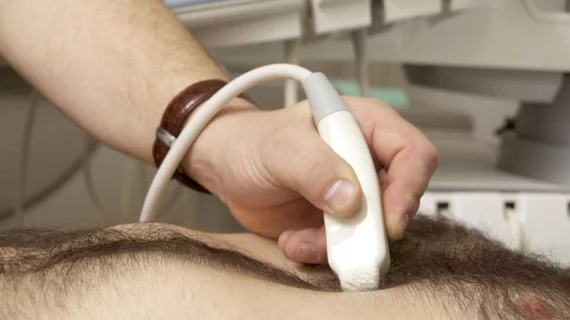Researchers simulate red blood cells, oxygen flow using low-frequency ultrasound
A research team from Lithuania has uncovered that low-frequency ultrasound waves influence blood, particularly hemoglobin, and can ultimately improve oxygen flow throughout the body. The full study is published in the journal MDPI. [1]
For the study, researchers at the Kaunas University of Technology (KTU) collected 300 blood samples from 42 pulmonary patients. The samples were subjected to six different low-frequency ultrasound waves to measure changes based on 20 blood parameters.
Researchers discovered the ultrasound waves improved oxygen circulation in the blood and reduced blood pressure, based on a machine analysis using artificial intelligence. Red blood cells were stimulated by the sonogram, resulting in the blood circulating more freely.
“During exposure to low-frequency ultrasound, aggregated red blood cells are dissociated into single red blood cells, whose hemoglobin molecules interact with oxygen over the entire surface area of red blood cells, which is larger than that of aggregated RBCs and improves oxygen saturation in blood," Vytautas Ostasevicius, head of KTU Institute of Mechatronics and the study’s lead author, explained in a statement. "The number of dissociated single red blood cells per unit volume of blood decreases due to the spaces between them, compared to aggregates, which reduces blood viscosity and affects blood pressure."
Ostasevicius and his team note in the study that the effect of ultrasound on hemoglobin in red blood cells was higher than its minor impact on platelet count, which is responsible for blood clotting. Their findings have been supported by an additional analysis made at the LSMU Laboratory of Molecular Cardiology.
“This means that low-frequency ultrasound can be potentially used for improving oxygen saturation in lungs for pulmonary hypertension patients. Keeping in mind the recent COVID-19 pandemic, we see a huge potential in exploring the possibilities of our technology further,” Ostasevicius concluded.
The full study can be found at the link below.

